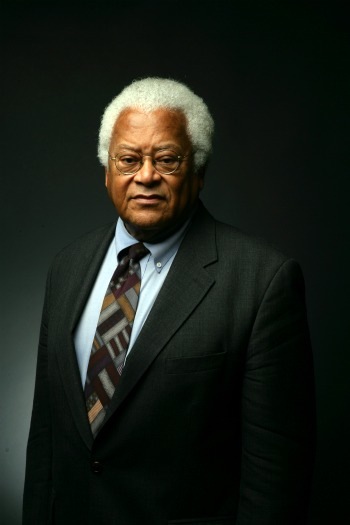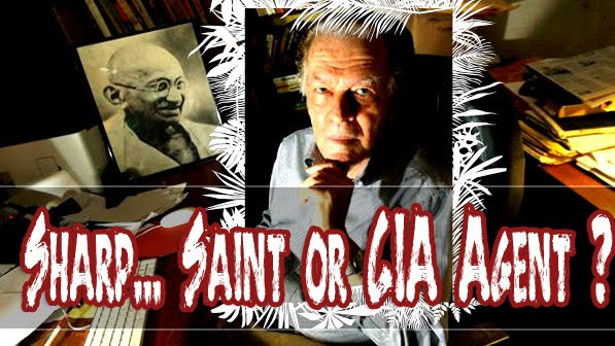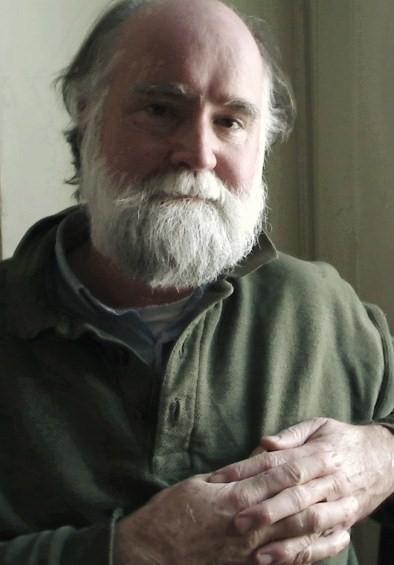by Nathan Schneider

Portrait of James Lawson courtesy Vanderbilt University, vanderbilt.edu
Editor’s Preface: James Lawson was one of the chief organizers of the Civil Rights Movement, especially of the Nashville lunch-counter sit-ins. Throughout his long career he has steadfastly emphasized the need to develop long-range nonviolent strategies, not just short-term tactics. Please see the note at the end for further information about Lawson, Nathan Schneider, links, and acknowledgments. JG
Nathan Schneider: For activists trying to reclaim people’s power among all the powerful corporations at work today, what do you think can be learned from the civil-rights movement? What are the lessons from your experience?
James Lawson: Well, I think that the main thing that activists must learn is nonviolent philosophy, methodology, techniques, and strategy. They need to work from an investigation and assessment of their local base, determining thereby the skills and techniques that will organize and mobilize people in that local scene. No social movement is going to take place if it doesn’t have roots in what’s going on in Cleveland, Ohio, or Washington, DC, or right across Georgia. That’s how movements take place, and that’s how movements have taken place in the United States—not by national policy, but by local groups assessing their own scene and trying to be real about how to start working.
At the local level, people need to get some processes going that will cut down the sales of certain companies and corporations and begin to send a mighty message. It may not be possible to do that in the first year, but I’d be willing to wager that steady organizing around something specific would begin to have an impact. That’s the first task.
Read the rest of this article »








